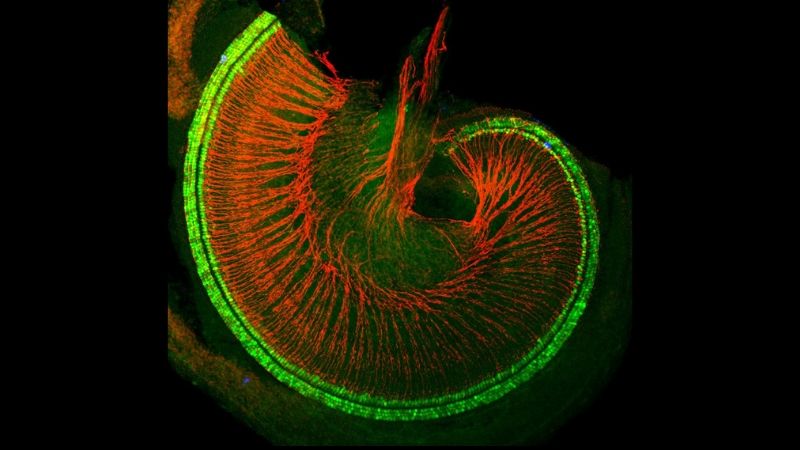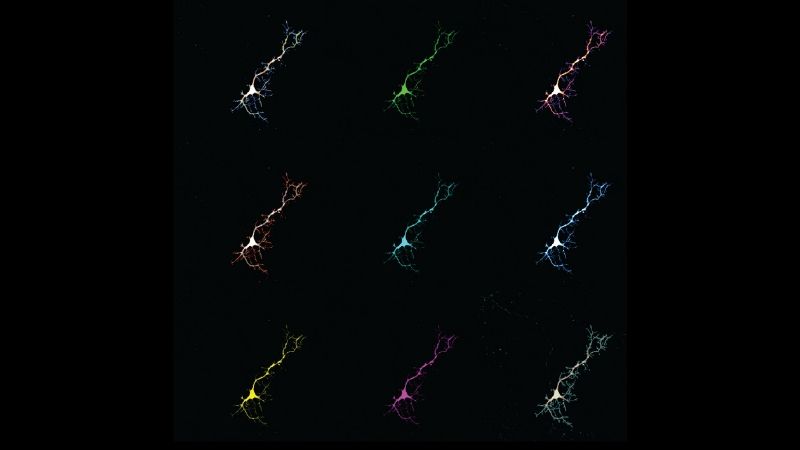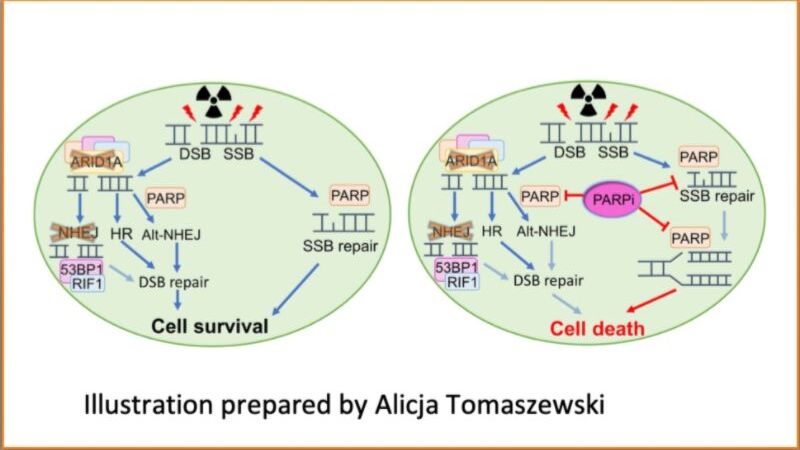Researchers Find Proteins That Might Restore Damaged Sound-Detecting Cells in The Ear

Using genetic tools in mice, researchers at Johns Hopkins Medicine say they have identified a pair of proteins that precisely control when sound-detecting cells, known as hair cells, are born in the mammalian inner ear. The proteins, described in a report published June 12 in eLife, may hold a key to future therapies to restore hearing in people with irreversible deafness.
More Than Just Jaundice: Mouse Study Shows Bilirubin May Protect The Brain

In studies in mice, Johns Hopkins Medicine researchers report they have found that bilirubin, a bile pigment most commonly known for yellowing the skin of people with jaundice, may play an unexpected role in protecting brain cells from damage from oxidative stress.
Laboratory Studies Identify a Potential Way to Treat Human Cancers with ARID1A Mutations

A new study shows that tumor cells depleted of ARID1A — a protein that acts as a cancer suppressor — become highly sensitive to anti-cancer poly ADP ribose polymerase (PARP) inhibitor drugs after radiation treatment. The research, led by Johns Hopkins Kimmel Cancer Center researchers, could advance efforts to treat many human cancers with loss of ARID1A that are resistant to current standard treatments, the study team suggests.
